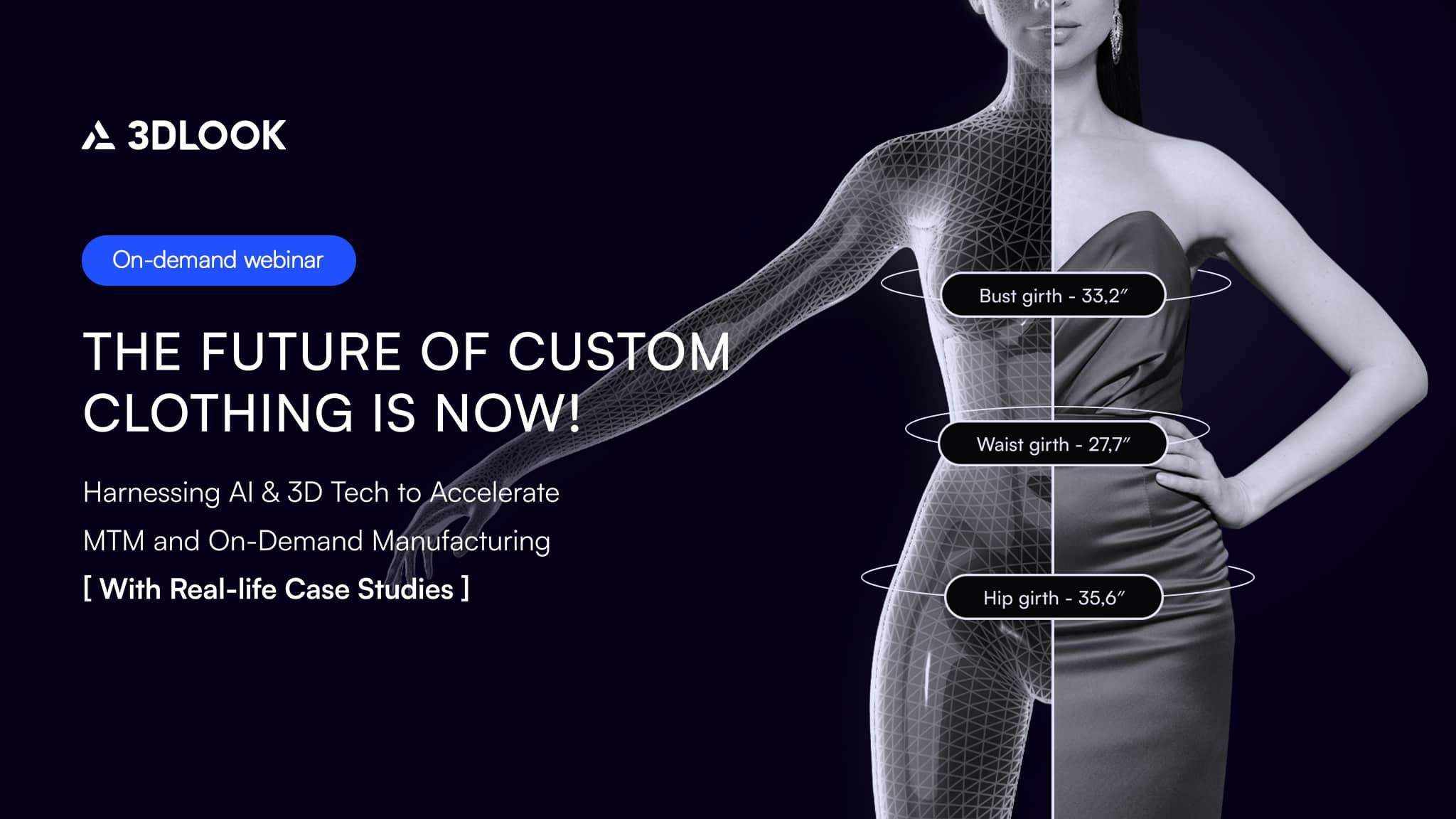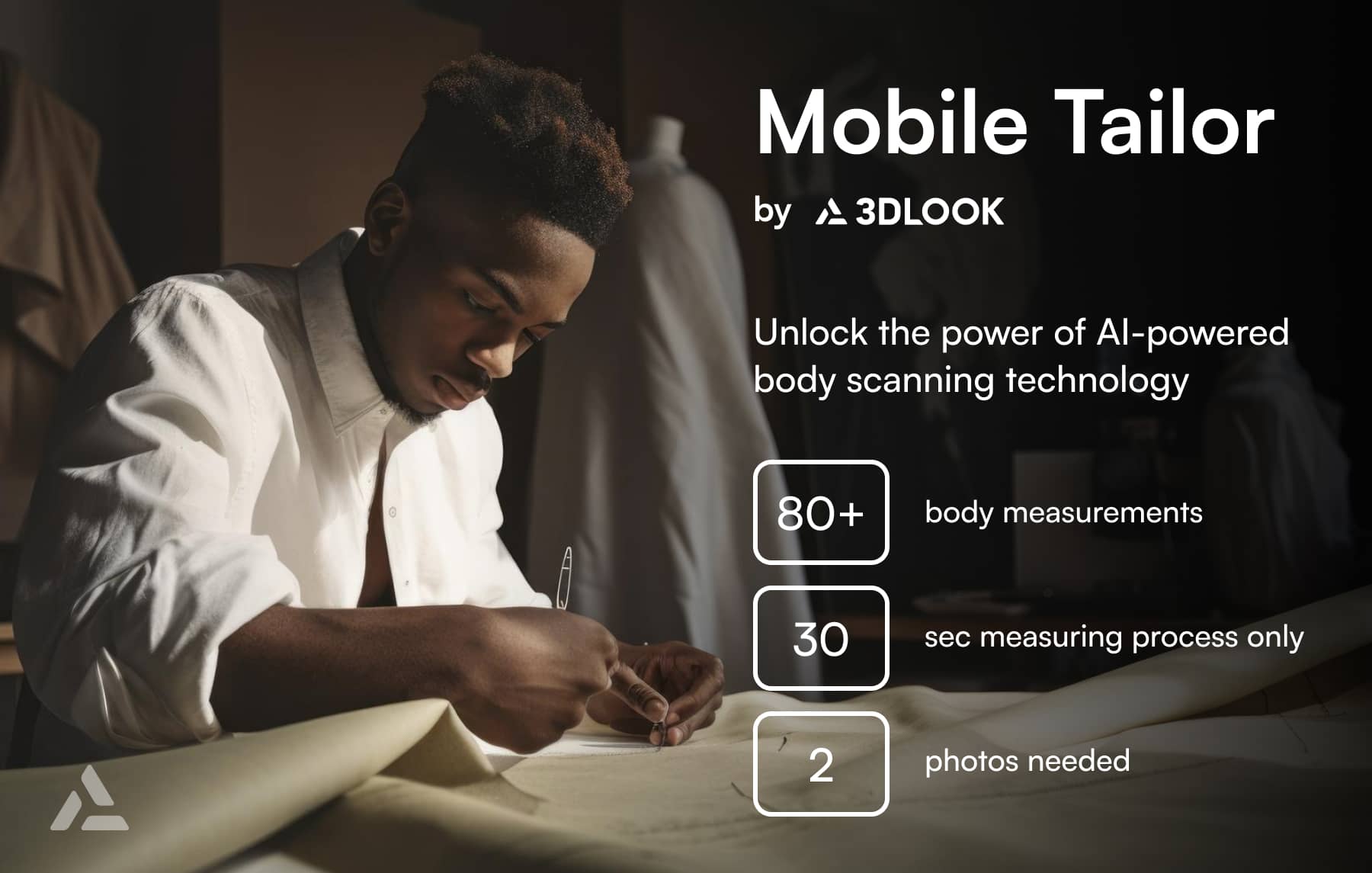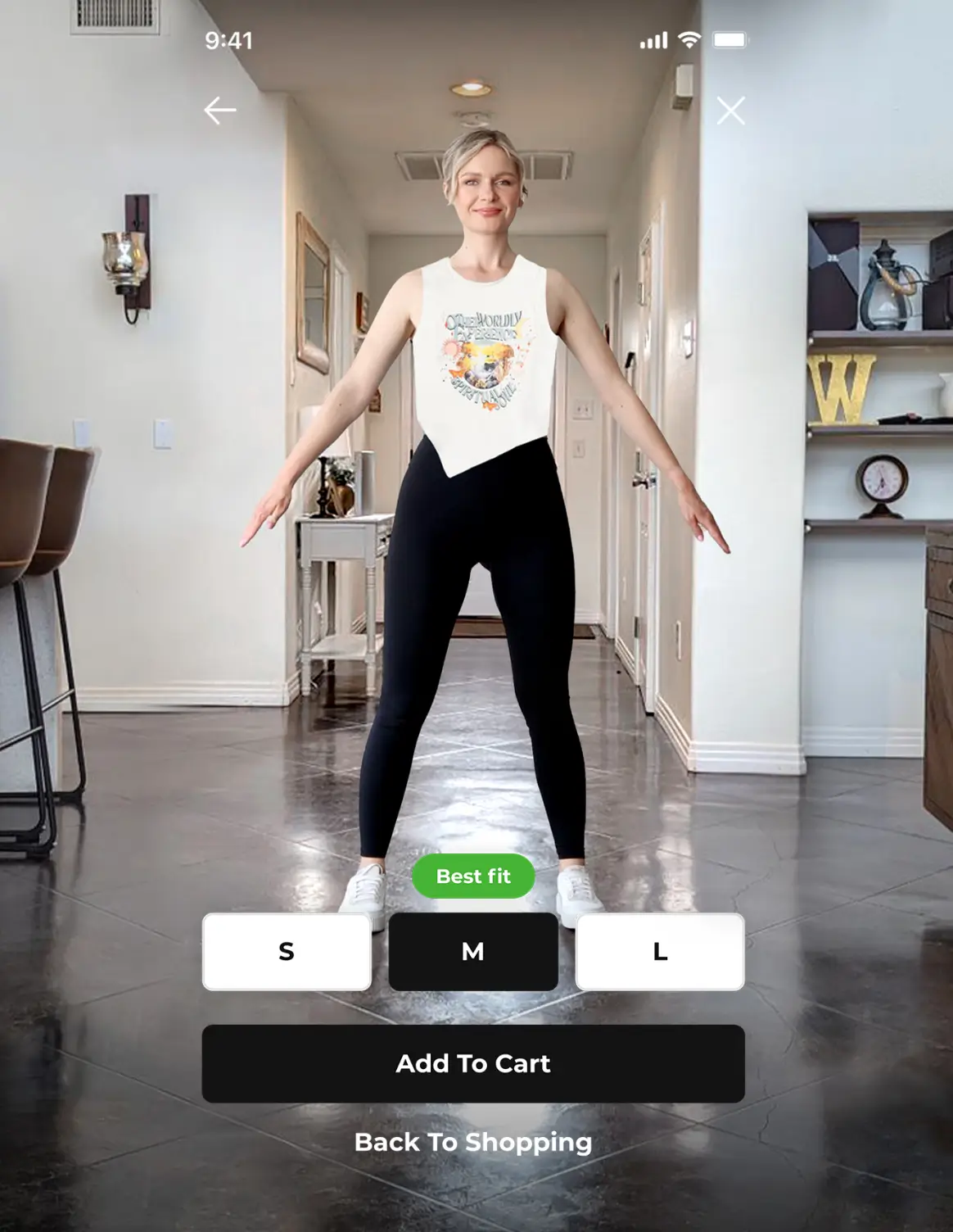In this article, you will discover the scientific explanation behind our daily body changes and how they affect the accuracy of measurements. How we gain and lose weight?
Each time a tailor takes measurements of a customer, they will differ from the ones taken only a few hours or even minutes ago, and for a good reason. The human body is not a static object; it is a dynamic living organism subjected to a lot of biological changes throughout the day and the night.
And it has nothing to do with the means of measuring – whether it’s an old-school measuring tape, a bulky 3D scanner, or a mobile body scanning app – what you get isn’t really accurate and objective numbers but rather subjective, changeable, and average parameters in a certain state of your body.
In this article, you will discover the scientific explanation behind our daily body changes and how they affect the accuracy of measurements.
We become shorter and taller
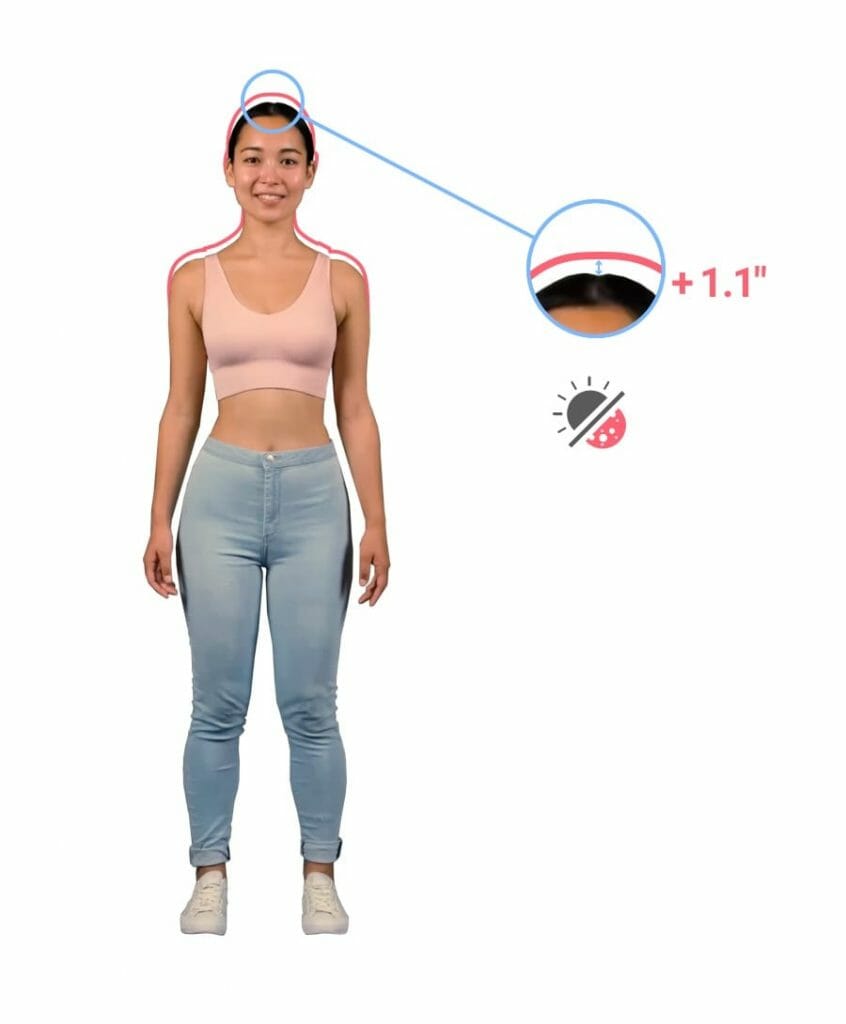
Owing to gravity, our body shrinks by about 1″ throughout the day and gets back to normal every night. The reason behind it is the elasticity and malleability of our spine discs. Over the course of the day, when we stand or sit, pressure and gravity compress the discs between our vertebrae by about an inch. Then at night, our body expands and gets back to its normal height once we are stretched out between the sheets with the pressure off the spine.
The impact is even higher when we are dehydrated as water balance directly affects elasticity, or when we do heavy work, or participate in power training or ballistic activities, such as running, which put even more pressure on our vertebrae. And it happens to all people regardless of height and gender. The study shows the height loss between 7 am and 7 pm of a minimum 0.3″ (0.7 cm) and a maximum 1.1″ (2.7 cm).
This whole process is known as diurnal variations in stature, and it is one of the common sources of error when taking people’s measurements.
We gain and lose weight
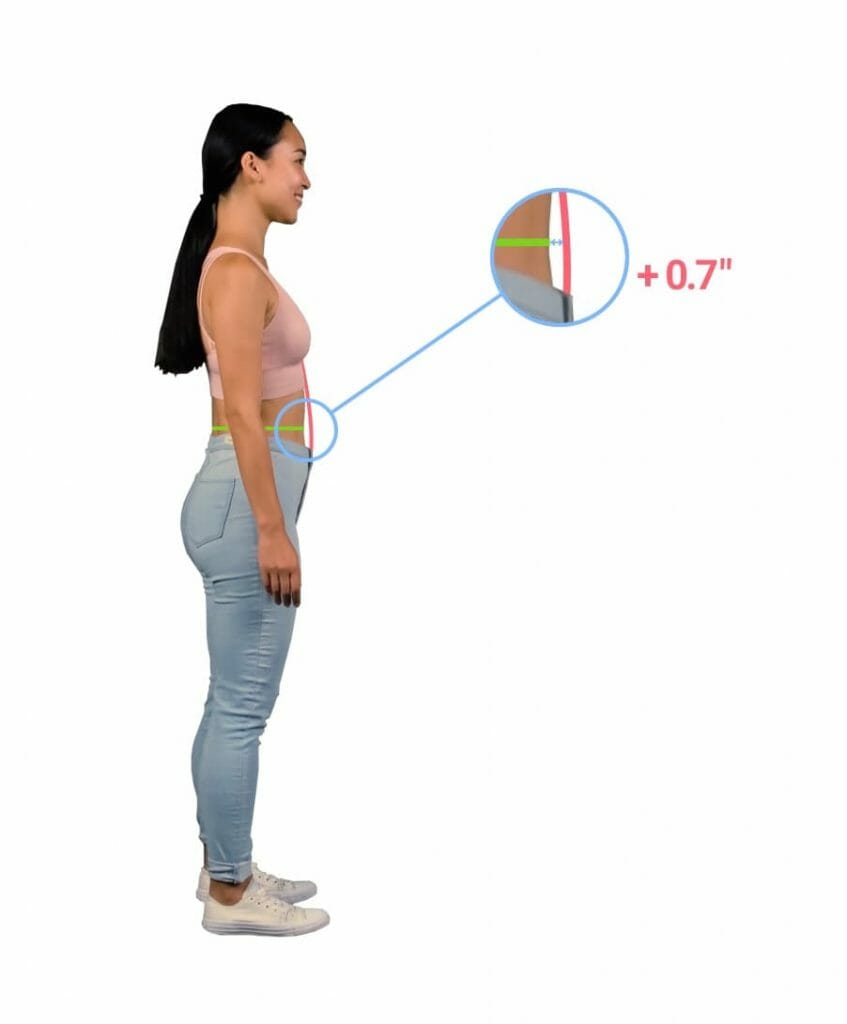
Daily weight fluctuation is a perfectly normal thing too. The average adult’s weight changes up to 6 pounds (2.7 kg) per day, and it all comes down to what and when we eat, drink, exercise, and even sleep.
Yet the food we eat and the liquids we drink not only contribute to weight changes, they also affect our body measurements. According to the study, daily nutrition-related fluctuations of measurements are observed for both men and women, for the waist circumference in particular. The difference between the same waist measurement taken 10 minutes after a meal, 2 hours after a meal, and with an empty stomach reaches 0.7″ (1.7 cm) for women and 0.6″ (1.4 cm) for men.
The result? Your waist circumference is not a static measurement at all, and if you write it down, the result will change dozens of times per day.
Besides nutrition, consider other factors as well. We lose weight with sweat every time we exercise. At the same time, we gain some of it back because of the water retention process induced as a healing response to micro-tears and inflammation after physical activity. Minor changes may also occur because of an illness, dehydration, cortisol fluctuations, medication intake, or the consumption of high-sodium foods.
So, next time you decide to get on the scale or take measurements for the second time in a day, don’t be surprised by the disparity in figures. That is exactly why it’s recommended to take measurements two or three times and average all the results to get the most neutral numbers.
We breathe in and out
Many customers get confused with breathing while taking their measurements, especially when it comes to chest and waist parameters. That’s because the standards for breathing are generally either vague and average or absent at all. Tailors and online guides don’t often mention breathing recommendations, and those that do vary by tailor and type of measurement taken. There is no standardization in it so far – some recommend breathing normally, others breathing in or out depending on the parameter.
Meanwhile, the measurement differences can be drastic: the fluctuations of chest circumference as we breathe depend on the thoracic diaphragm size and range from 1.2″-2″ (3-5 cm) for non-athletes up to 2.8″-3.1″ (7-8 cm) for physically fit individuals. The same goes for waist measurements – the fluctuations of the mid-abdomen waist circumference range between 1.5″-2″ (4-5 cm) while breathing in and out, equally for all groups of people.
Therefore, when we measure the human body with a tape, a 3D scanner, or a mobile scanning technology, we actually measure a certain breathing state of our body, which is better to be agreed with a tailor in advance.
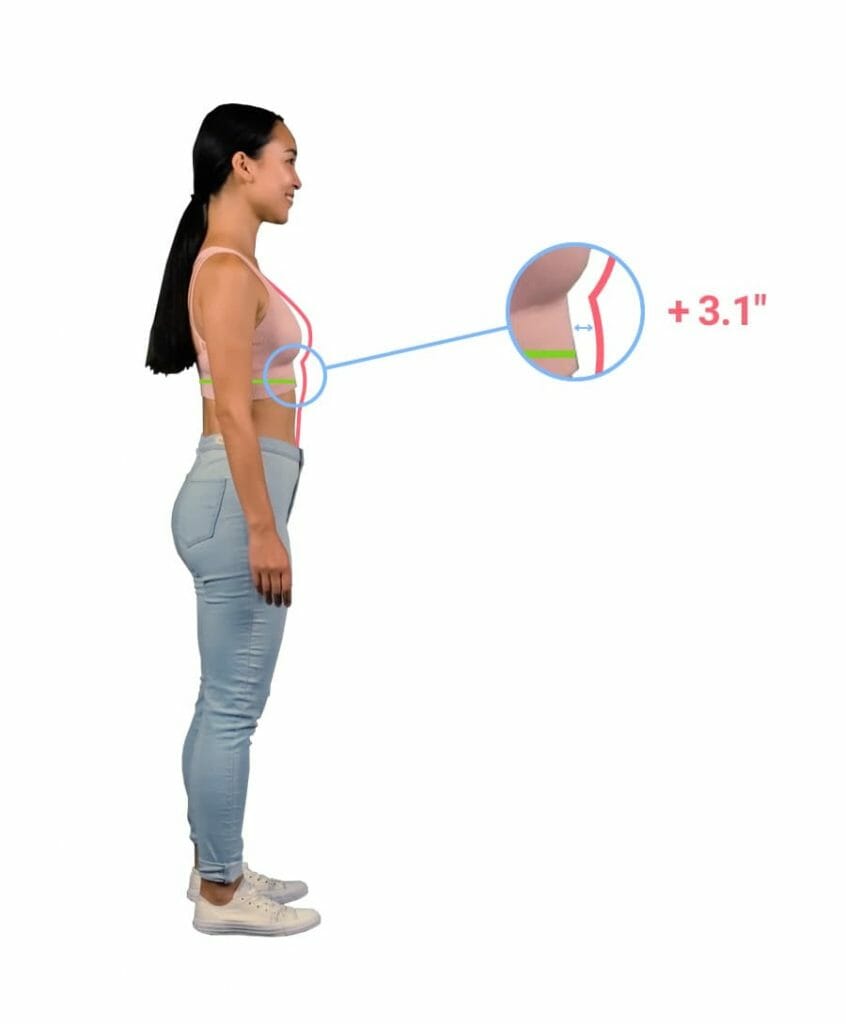
We move and change our posture
As our body is a complex system of interconnected tissues, bones, and muscles, even the slightest movements affect our anthropometric parameters. Likewise, the posture we hold – standing or sitting, normal, erect, or relaxed, with back straight or rounded, feet together or apart, arms up, to the sides, or parallel to the ground – influences our body shape, size, and measurements from head to toe.
According to the study, changing posture and body position causes fluctuations in measurements up to 2.8″ (7 cm). These include but are not limited to:
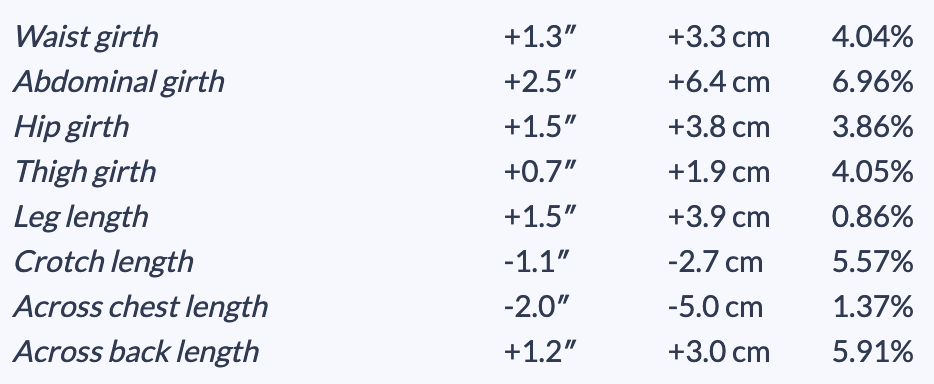
The biggest problem here is that wrong numbers eventually translate into poor size and fit. That’s why taking measurements with the right posture and in the right position is essential for maximizing the fit and comfort of the wearer.
We measure in the wrong places
Measuring for different clothing often means differing guidelines. For example, the waist girth for a dress shirt is different from the waist measurement for trousers with 2″-4″ (5-10 cm) in between. The former parameter is around the level of the belly button, while the latter one is a bit lower depending on the pant rise.
Measuring hips can become equally challenging. Some guides recommend taking measurements below the hip bone; others suggest measuring above it. Now, if there is no exact guidance, it all comes down to size charts, which can be imprecise and insufficient. Oftentimes they don’t indicate what kind of hips are to be measured – high or low ones – while the average difference is 3″-4″ (8-10 cm).
The inseam isn’t always the same, too. Recommendations from brands and tailors include measuring from the crotch to different endpoints: on the level of the ankle, below it, till the beginning of the shoe, down to the ground, or just to the point where you want the hem of your trousers to end. And the list of disparities goes on.
Moreover, if not indicated, the wrong way to wrap the measuring tape around the body – tight, snug, or loose – alters the results and affects the size, fit, comfort, and, therefore, confidence of the customer.
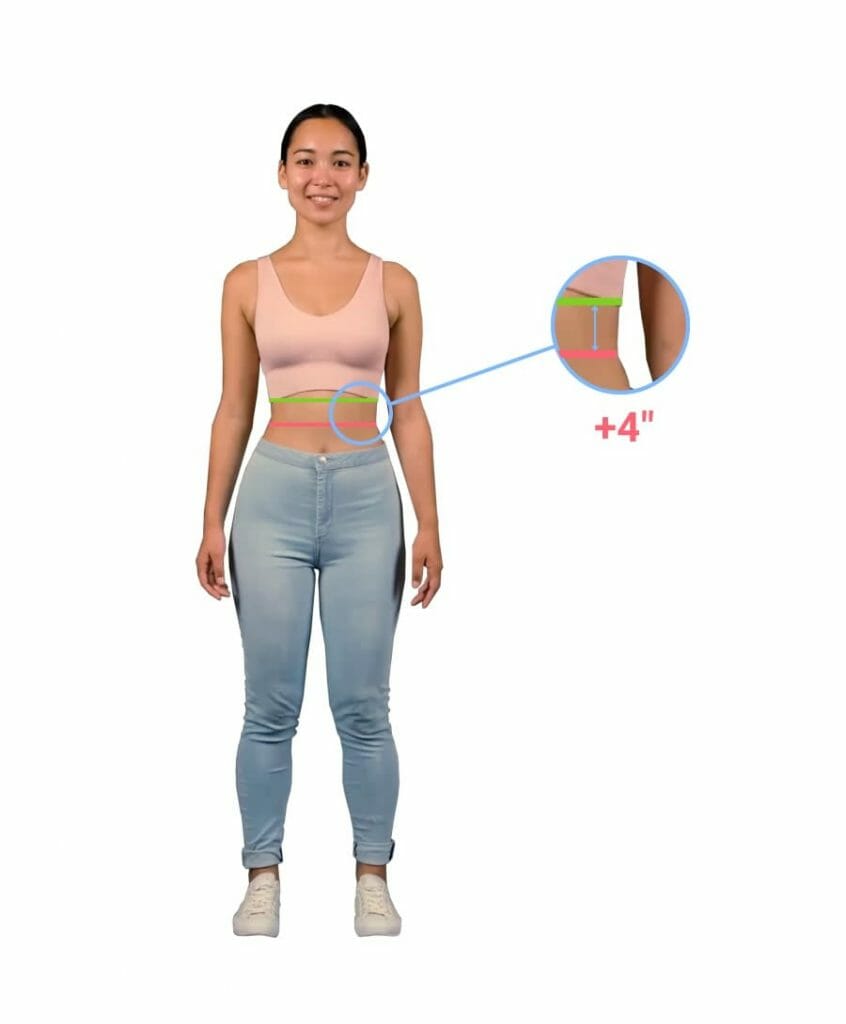
That is why no means of body measuring – be it a mobile body scanning app, a 3D booth, or a measuring tape – can guarantee the numbers to be 100% accurate and always remain the same – because the human body does not.
Of course, we still have a long way to go to overcome the lack of standards regarding parameters, anatomical site, posture, phase of respiration, and other factors contributing to a measurement error. Yet the main issues with the discrepancies of all body measuring means today lie within the range of our physiological body changes and depend on our natural processes.
So, adhere to the old saying – measure twice and cut once. The most important thing is to embrace it as a fact that minor discrepancies in measurements are absolutely normal and usual thing to have. This is how you can “know your enemy”, take it under control and minimize its impact on your bottom line.
Mobile Tailor, an AI-powered mobile body scanning solution built by 3DLOOK, helps businesses receive precise body data of their customers remotely. The solution, which does not require any technical expertise to use, generates +80 points of measure from just two photos taken by the customer in under 30 seconds. The measurement data can then be accessed by each business through a personal workspace. For businesses that are using 3D fashion design software, there is also an option to receive the customer’s unique 3D Body Model.

